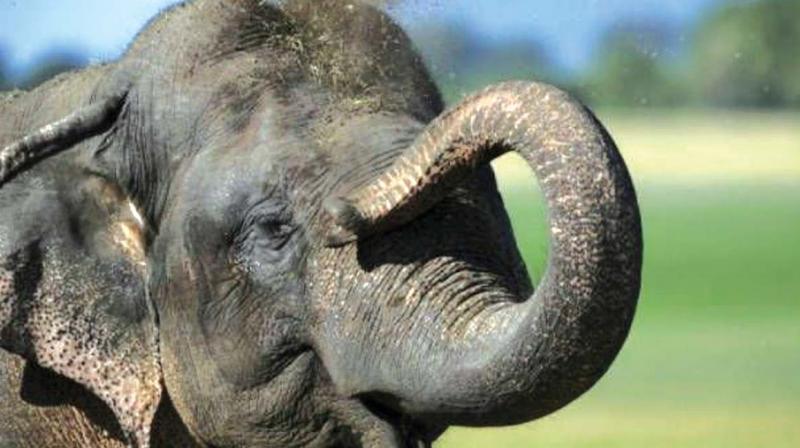Elephants have class, and they segregate accordingly
Nilgiri jumbos had no genetic exchange with those south of Palakkad for two lakh years.

THIRUVANANTHAPURAM: Geologists have collected enough evidence to demonstrate that giant-eared elephant herds had travelled all the way from Africa to mingle with their Asian brethren in Anamali and Periyar. But they have none to show that elephant populations just 30 kilometres apart in Nilgiris and Anamalai had ever established contact. This shocking class segregation among elephants within a small spatial area, which could put even humans to shame, was one reason why Kollur Komban, the habitual crop raider, was not translocated from Wayand to Parambikulam.
Kallur Komban alias Bharathan SI is a Niligiris jumbo, a pure indigenous breed that stomps the forests north of Palakkad Gap. His look-alikes on the southern side of the Gap have an African connection. Shifting him south of the Gap to Parambikulam, it was feared, would result in “disastrous consequences.” “Elephant populations of the Nilgiris have had no genetic exchange with populations south of the Palghat gap for over two lakh years,” said noted ecologist Madhav Gadgil. It was a sort of an inter-class union that elephants seem to have congenitally abhorred.
The Forest Department, by refusing to translocate Kallur Komban, has bowed before the custom that has been in existence ever since elephants started roaming the face of the earth. “A distinct genetic population of wild elephants exists to the south of the Palakkad Gap and mixing a conflict animal could result in disastrous consequences like genetic pre-disposition,” the committee, constituted to explore the possibility of releasing Kallur Komban back to the wild, said.
The Nilgiri elephants, the sons of the soil, are generally considered more aggressive. The African connection seems to have tempered the pachyderms south of the Gap. There are also radical differences in the ways herds are organised on either side of the Gap. It is still a mystery why the Gap functions as such an insurmountable barrier. The genetic difference was first revealed in a paper published by T N C Vidya of Centre for Ecological Sciences in 2005.
“The Nilgiri population is genetically distinct at both mitochondrial and microsatellite markers from the two more southerly populations, Anamalai and Periyar, which in turn are not genetically differentiated from each other,” Ms Vidya’s paper said. It is not just the elephants, on either side of the gap are two different worlds. Even the flowers of the same species on either side look and smell different. Ditto with birds.

